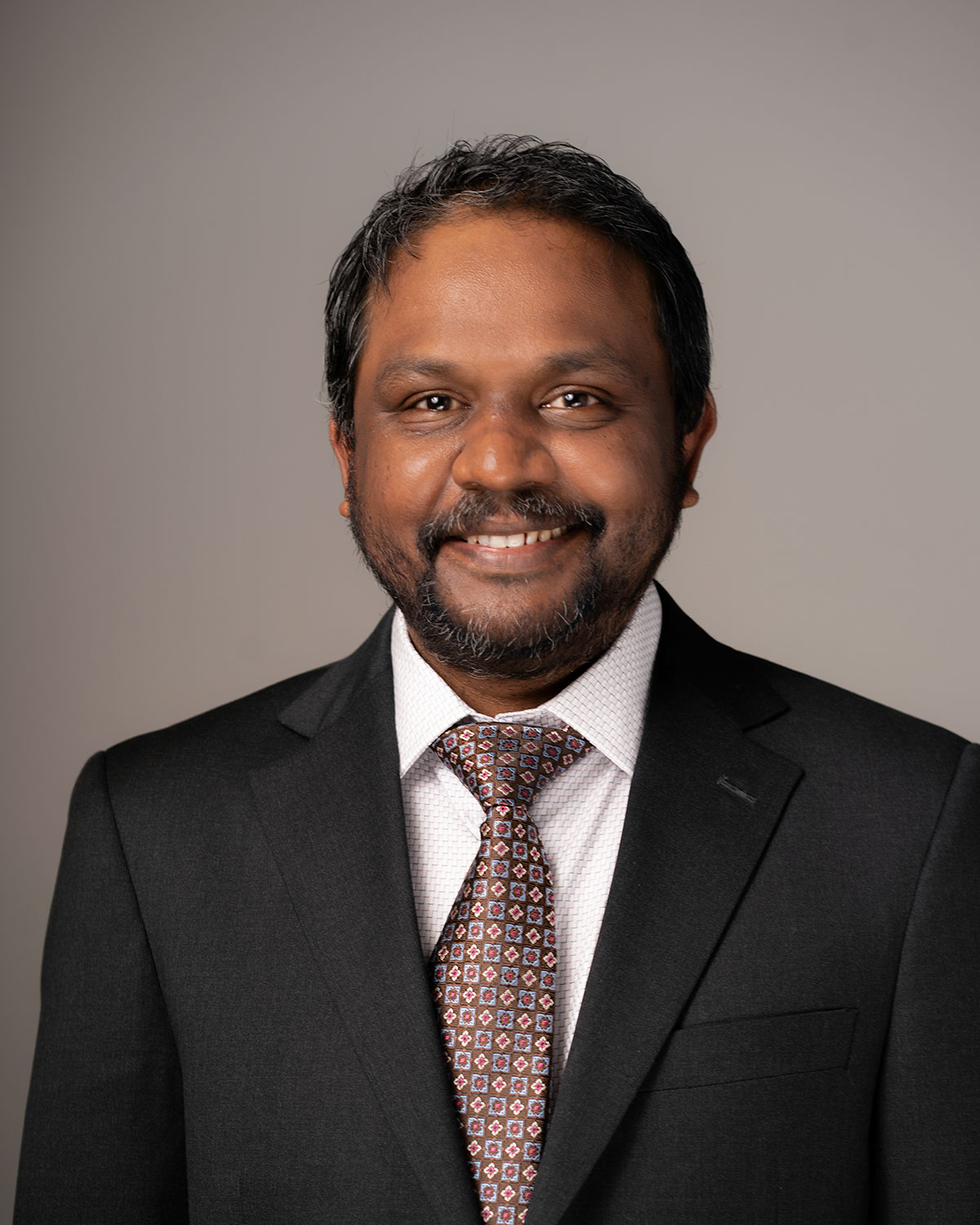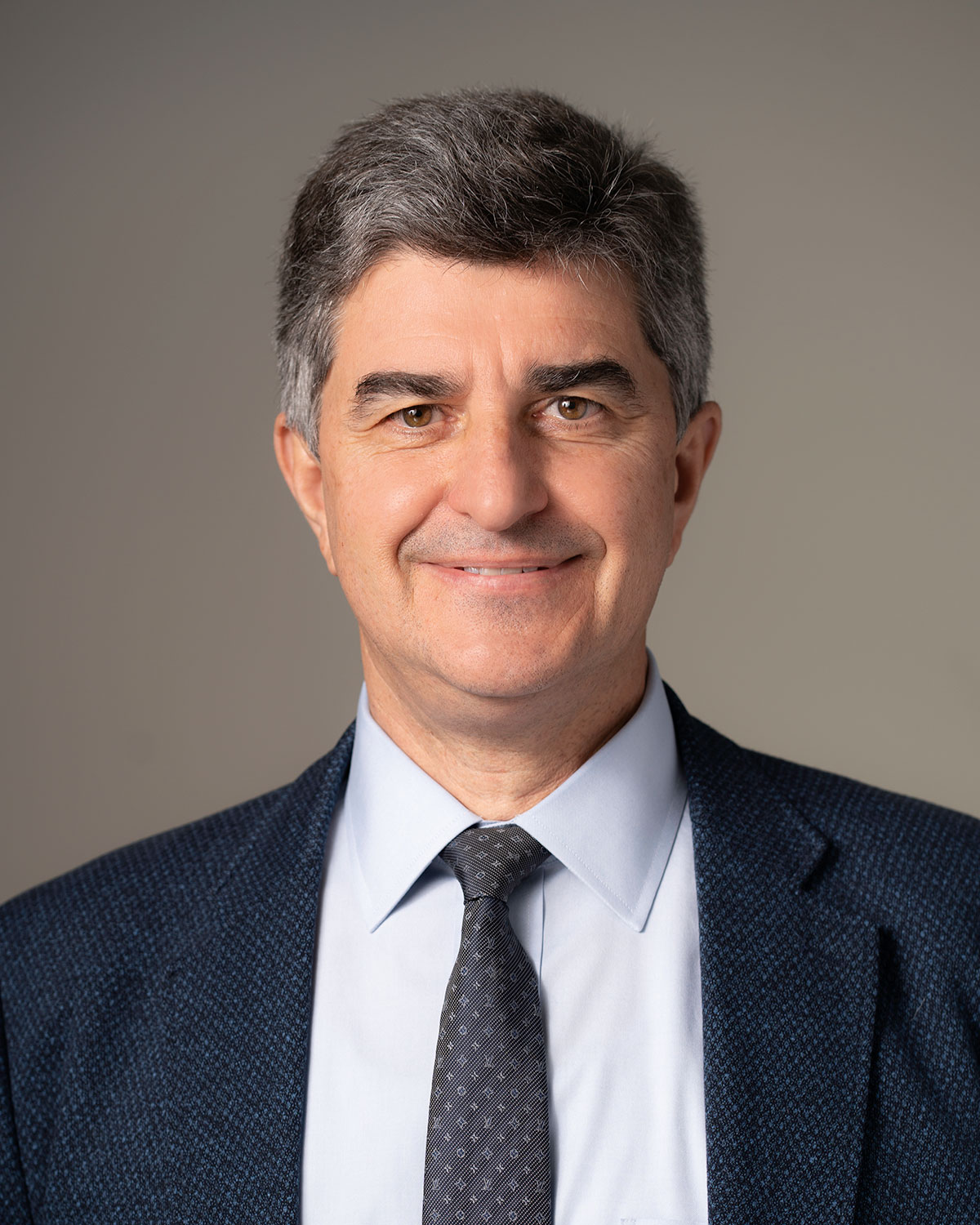MEM Alum Named Director of Army Research Lab
Dr. Patrick Baker, an alumnus of the Department of Mechanical Engineering and Mechanics, BS/MS ‘88, has been named the seventh director of the US Army Combat Capabilities Development Command’s Army Research Laboratory (ARL), effective next week.

Dr. Patrick J. Baker (Photo by CDC Army Research Laboratory Public Affairs)
The lab is the Army’s corporate laboratory responsible for basic and applied research necessary for the ground fighting force, according to an ARL press release. Baker most recently served as director of the lab’s Survivability Lethality Analysis Directorate before overseeing its transition to a new organization, the CCDC Data & Analysis Center.
"I am grateful to the Army for this opportunity to serve in this new capacity," Baker was quoted in the press release. "Our soldiers deserve nothing short of the best from the discoveries that come from a committed, creative and teamed scientific community. I've seen the transformational impact this community can produce as part of the Army team, and I am confident the ARL Team will build even more momentum and continue to deliver as we move forward."
Baker spent much of his early research career at the ARL. A product of Army educational outreach, he started as an engineering trainee from Drexel in July 1984 at one of the lab's forerunners, the US Army Ballistic Research Laboratory. He left the lab to pursue graduate studies. After a stint at the University of Dayton Research Institute, he returned to the Army laboratory system in 1995.
Baker then rose from Army unique bench research in energetic materials through the leadership ranks, serving as branch chief, and division chief of the Terminal Effects Division and the Protection Division. Along the way, he continuously served in multiple broadening and developmental assignments on Army, joint, and international panels, as well as acting supervisory and deputy director assignments.
In May 2012, Baker was selected to the Senior Executive Service as the director of the laboratory's Weapons and Materials Research Directorate, where he served until August 2015. From October 2014 to March 2015, he continued broadening, serving as acting director of the Natick Soldier Research, Development and Engineering Center in Natick, Massachusetts, according to the release.
ECE’s Das Wins NSF Grant
Dr. Anup Das, assistant professor in the Department of Electrical and Computer Engineering, is the PI on a new National Science Foundation (NSF) award titled, “Small: Design of System Software to Facilitate Real-Time Neuromorphic Computing,” along with co-PIs Nagarajan Kandasamy and James Shackleford, both from ECE.

Dr. Anup Das
In a synopsis on the proposal, the team reported: “Machine learning methods, such as neural networks, have been successfully used in real-time computer vision and signal processing areas. Neuromorphic systems, which mimic biological neurons and synapses, can be used to implement these neural networks in energy-constrained computing platforms. However, due to the absence of a user-friendly programming interface, the use of neuromorphic systems is currently limited to research. This project will develop such an interface, allowing for these systems to be more easily programmed and used by the broader science and engineering community within the US. The open-sourced programming tools will enable faster development and commercialization of neuromorphic systems in the US and facilitate collaboration with other such communities worldwide.
“Executing a program on a computer involves several steps: compilation, resource allocation, and run-time mapping. Although very well defined for mainstream computers, no prior work has investigated these steps in a systematic manner for neuromorphic systems. This project will develop compiler tool chains to translate a user's machine learning program to low-level languages that can be interpreted by neuromorphic systems. A key initiative is to develop a common representation across different platforms. Resource optimization strategies will be developed to improve program performance, as well as an operating system-like framework that will allow programmers to easily deploy their machine learning programs on neuromorphic systems. The technical contributions will be demonstrated using two case studies: real-time sleep apnea detection and real-time image segmentation from video.”
Gogotsi Hits 100K Citations Mark

Dr. Yury Gogotsi
Yury Gogotsi, Distinguished University and Charles T. and Ruth M. Bach Professor in the Department of Materials Science and Engineering and director of the A.J. Drexel Nanomaterials Institute, joined a small, highly elite group of researchers this year when he surpassed the 100,000-citation mark by Dec. 1, according to the Google Scholar Citations database. Citations refer to the number of times scientific work is referenced by peers, and therefore citation count is a direct measure of impactful and innovative research. According
to the Webometrics website, as of Sept. 2019, only 3000+ living and deceased scientists have surpassed the citation mark with an H-index above 100, and less than 700 had an H-index of 140 or higher. Based on his current H-index of 146, Gogotsi should be at ~500s position on the citations list of all living and deceased scientists. (Prepared by Narendra Kurra.)
Baxter Work Highlighted

Dr. Jason Baxter
Dr. Jason Baxter, professor in the Department of Chemical and Biological Engineering, was asked to highlight his work in a recent issue of PV Magazine, a monthly trade publication for the photovoltaics community. His report was part of a series the magazine is running on lead in solar cells.
Read the full article.
Lo Assists Revision of Indoor Air Quality Standards

Dr. James Lo
Dr. James Lo, assistant professor in the Department of Civil, Architectural and Environmental Engineering (CAEE), was involved in the revision of the recently released ASHRAE Standard 62.1-2019, “Ventilation for Acceptable Indoor Air Quality.” Specifically, Lo participated in the complete rewrite of the Natural Ventilation design procedure and modification of the Indoor Air Quality-based ventilation calculation procedure.
The culmination of this three-year effort can be found here.
CAEE Faculty Promotions
The Department of Civil, Architectural and Environmental Engineering has announced the promotions of four professors.
- Dr. Eugenia Victoria Ellis was promoted to professor of architectural engineering. Her research focuses on natural and electric light solutions and effects on biological rhythms and health outcomes, and (eco)logical strategies for smart, sustainable buildings at the nexus of health, energy and technology.
- Dr. Franco Montalto was promoted to professor of environmental engineering. Montalto’s research focuses on effects of built infrastructure on societal water needs, ecohydrologic patterns and processes, ecological restoration, green design and water interventions.
- Dr. Michael Ryan was promoted to associate teaching professor of environmental engineering. Ryan’s interests include microbial source tracking, quantitative microbial risk assessment, molecular microbial biology, environmental statistics, and engineering economics.
- Dr. Chris Sales was promoted to associate professor of environmental engineering. Sales’ research focuses on environmental microbiology and biotechnology, biodegradation of environmental contaminants, microbial processes for energy, and resource recovery from waste.

From left: Dr. Eugenia Victoria Ellis, Dr. Franco Montalto, Dr. Michael Ryan and Dr. Chris Sales.
Farnam Engages Three-Year Project

Dr. Yaghoob Farnam
Dr. Yaghoob Farnam, assistant professor of CAEE, received a three-year research project from the United Soybean Board through the Indiana Soybean Alliance. The project involves evaluating the performance of soybean-based sealant to protect concrete structures. Phase I of the project will target the “Effectiveness of Soybean-Based Sealant to Reduce Deicing Salt Damage in Concrete,” with $60,000 in funding. This phase will consist of two steps: 1) evaluating the effect of soybean-based sealant on the deterioration process of reinforced concrete slab as exposed to deicing salt and freeze-thaw cycles; and 2) evaluating the effect of soybean-based sealant on the formation of deteriorative calcium oxychloride in concrete exposed to deicing salt and freeze-thaw cycles. Samples with and without soybean-based sealant will be formulated and their performance subsequently assessed.
Capps and Students Present Research

Dr. Shannon Capps
Dr. Shannon Capps, assistant professor of CAEE, and her students shared their research this fall at the American Association of Aerosol Researchers Fall Meeting in Portland, Oregon. PhD student Bryan Berman presented a poster titled, “ISORROPIA-MCX: implementation of the multicomplex variable method into the aerosol thermodynamic model, ISORROPIA,” to which undergraduate Isaiah Sauvageau contributed. Capps presented, “Developing a Four-dimensional Variational Assimilation Framework for Refining US Ammonia Emissions with Size-Resolved Aerosol,” which was conducted by current PhD student Mahmoudreza Momeni and former REU student Matthew Lombardo, as well as external collaborators.